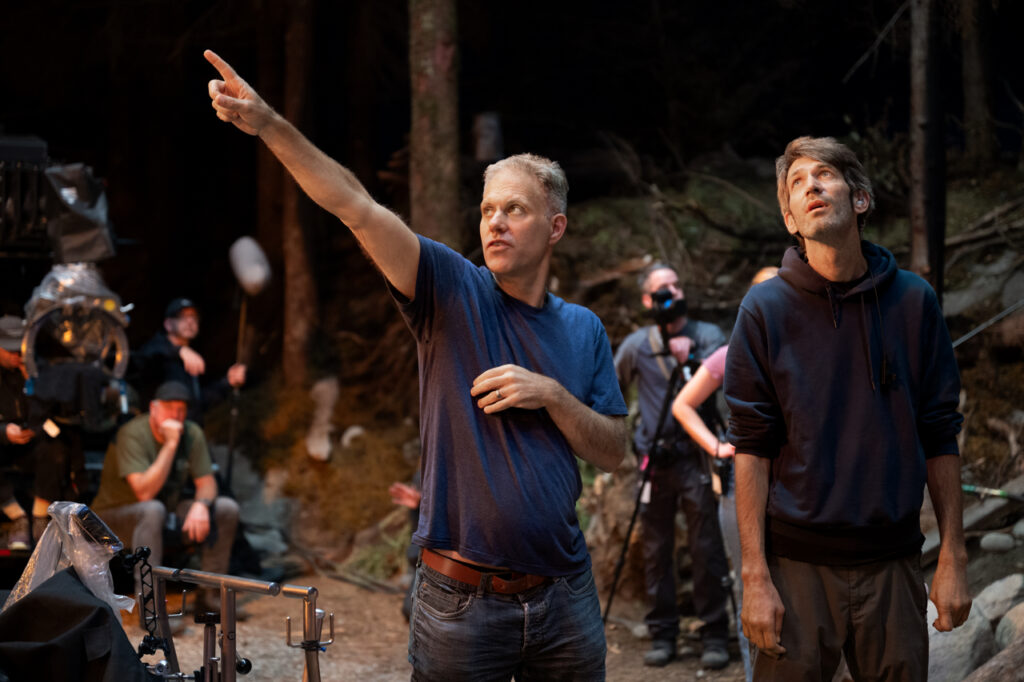
The Apple TV+ series “Smoke” has captivated audiences throughout 2025, culminating in a powerful season finale that aired on March 7, 2025. The episode masterfully concludes the story of arson investigator and reluctant arsonist Dave Gudsen, portrayed by Taron Egerton, and his complex relationship with Michelle Calderone, played by Jurnee Smollett. The show’s creator, Dennis Lehane, alongside his writing team, has delivered an episode that is both haunting and visually stunning.
Cinematographer Francois Dagenais played a crucial role in crafting the series’ distinctive visual style. He noted that he, Lehane, and director Joe Chappelle drew inspiration from the iconic 1971 thriller “The French Connection.” While they aimed to capture the bold energy of the film, Dagenais emphasized that realism remained a priority. “We didn’t want to copy the look of it, but we wanted to copy the energy and the feeling,” he explained in an interview with IndieWire.
Visual Techniques and Urban Realism
Dagenais aimed to evoke a sense of proximity to the urban environment, taking cues from 1970s films that utilized long lenses to enhance the dramatic impact of their settings. “We wanted to really feel the city’s presence. If you’re in an alleyway at night, we frame it so you really see the depth,” he remarked. This approach not only enhances the atmosphere but also immerses viewers in the gritty reality of the characters’ lives.
The lighting techniques used in “Smoke” further illustrate the characters’ emotional journeys. Dagenais highlighted the transformation of Freddy, an outcast whose confidence rises after a transformative haircut. Early in the episode, Freddy’s face is dimly lit, reflecting his low self-esteem. Following his makeover, the lighting brightens to symbolize his newfound hope. This subtle shift culminates in a poignant moment when his dreams are abruptly dashed, showcasing the emotional weight of the series.
Challenges in Creating the Finale
Despite aiming for authenticity, the climactic forest fire scene of the season finale was entirely constructed on a sound stage, which posed unique challenges. Dagenais expressed his concerns about maintaining the show’s commitment to realism while using artificial settings. “This show is all about being real, and when you shoot exteriors inside, it’s hard to feel real,” he admitted.
To achieve the desired effect, Dagenais studied photographs of actual forest fires, noting that smoke creates a nighttime atmosphere even in daylight. He encountered practical challenges, such as ensuring that lights remained operational under high temperatures. “There was someone there the entire shoot, just checking the heat level on the lights,” he explained, underscoring the meticulous attention to detail required for the production.
Ultimately, Dagenais felt that the efforts paid off when his colorist remarked that the footage appeared indistinguishable from outdoor shooting. “That was the best compliment I could get for what was, for me, a very tricky sequence,” he stated.
As all episodes of “Smoke” are now available for streaming on Apple TV+, its striking visuals and compelling narrative continue to resonate with viewers. The series has set a high bar for storytelling and cinematography, cementing its place as a standout offering in the realm of contemporary television.






